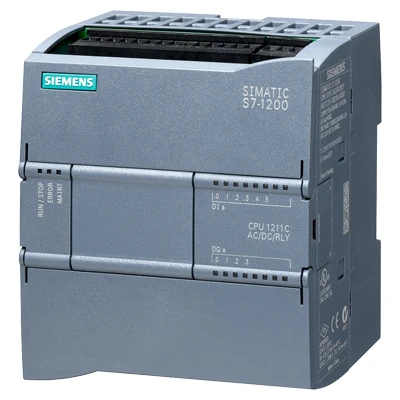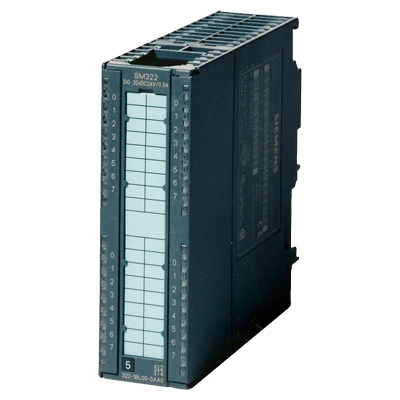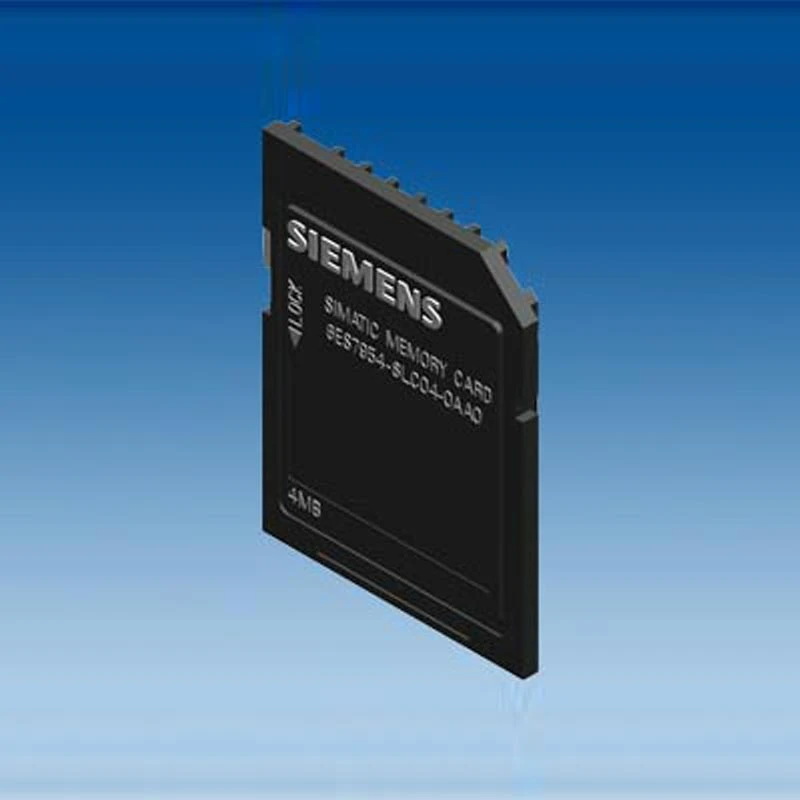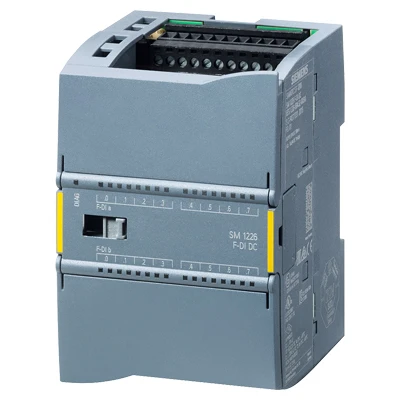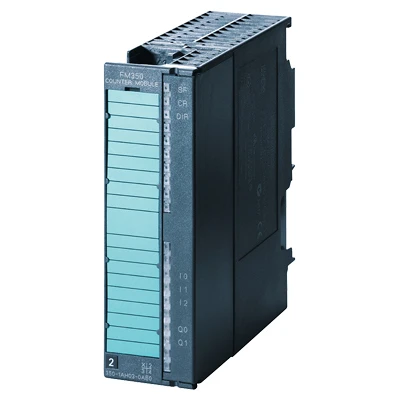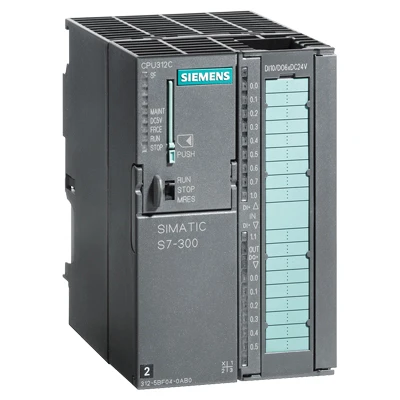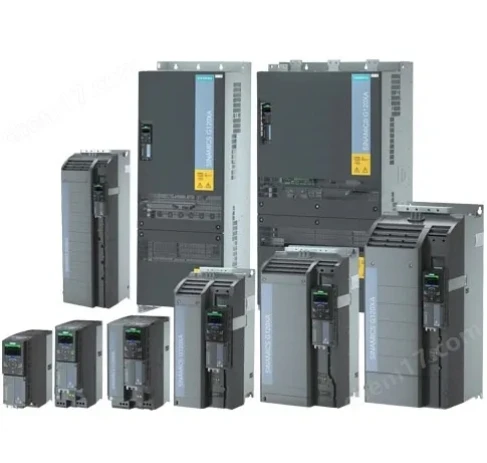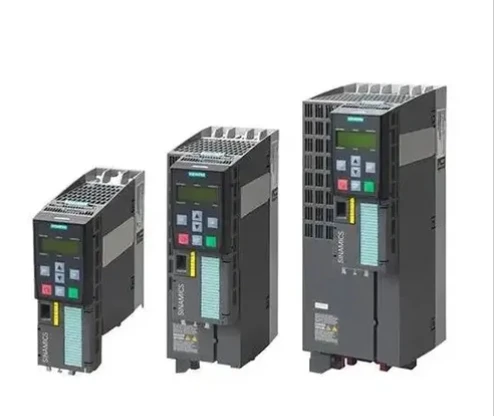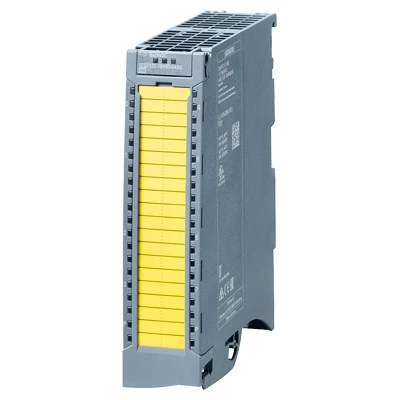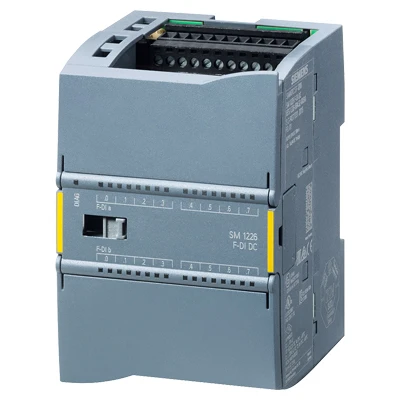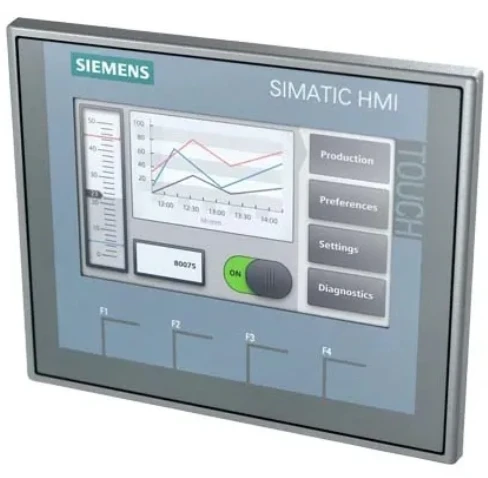Discover Variable Frequency Drive Types for Maximum Energy Savings
- Understanding the core technologies behind variable frequency drives
- Key technical advantages and performance data comparison
- Leading manufacturer comparison with technical specifications
- Industry-specific customization solutions
- Performance scenarios across power ranges
- Real-world application case studies
- Future developments in variable speed drive types
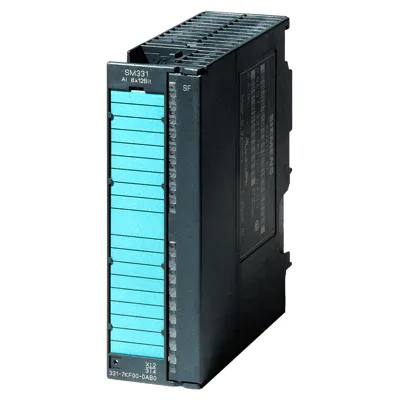
(variable frequency drive types)
Variable Frequency Drive Types: Technological Foundations
Modern industrial automation relies on multiple variable frequency drive types
, each engineered for specific operational demands. Voltage-source inverter (VSI) drives dominate 90% of industrial applications due to their robust design and compatibility with standard induction motors. For high-power scenarios exceeding 500HP, current-source inverter (CSI) drives provide superior reliability in harsh environments. The emerging matrix converter technology eliminates bulky capacitor banks while achieving 99% energy efficiency at partial loads, particularly beneficial in material handling applications. Pulse-width modulation (PWM) drives now incorporate artificial intelligence algorithms that dynamically adjust switching frequencies up to 16kHz based on load detection, reducing motor whine by 60%. Sensorless vector control units can maintain 0.5% speed accuracy under abrupt load fluctuations from 0-150% torque requirements. Regenerative drives have gained prominence in elevator systems where approximately 40% of kinetic energy recovery is achievable during descent cycles.
Core Technologies and Operating Principles
Drive architectures fundamentally differ in their power conversion methodologies. Voltage-source variants utilize insulated-gate bipolar transistors (IGBTs) arranged in three-phase bridges that synthesize variable output through pulse-width modulation. The latest silicon carbide (SiC) semiconductors operate at junction temperatures exceeding 175°C while reducing switching losses by 75% compared to conventional silicon devices. Current-source configurations employ gate turn-off thyristors (GTOs) for megawatt-level power conversion, featuring inherent short-circuit protection through their inductive DC link. Modern flux vector controllers process motor parameter calculations every 62.5 microseconds using specialized DSPs, enabling torque control precision within ±0.2% across speeds from 1:2000. Advanced RF filters now suppress electromagnetic interference below IEEE 519-2014 standards through three-stage harmonic mitigation techniques. Multi-level topologies employing neutral point clamped (NPC) designs achieve sinusoidal outputs with THD below 3% without additional filtering components.
Technical Performance Data Analysis
Performance benchmarking reveals critical differentiators across VFD classes. Low-voltage drives (240-600VAC) typically exhibit 97.5% conversion efficiency at nominal loads while medium-voltage units (2.4-13.8kV) reach 98.7% efficiency when operating above 60% capacity. Harmonic distortion varies significantly - six-pulse rectifiers produce 35% THDi compared to active front-end designs maintaining below 5% THDi. Modern cabinet-cooled drives sustain operation at 50°C ambient with derating thresholds approximately 1% per °C above this baseline. IP54-rated drives withstand particulate contamination up to 50mg/m³ while convection-cooled designs restrict airflow to 0.5m/s. Environmental testing data indicates 80% of drives function flawlessly after 200 thermal cycles from -25°C to +70°C. Safety certifications now include UL 61800-5-1 SIL 3 compliance for critical processes requiring probability of dangerous failure below 10^-7 per hour.
Manufacturer Capability Comparison
| Manufacturer | Drive Technology | Power Range | Efficiency (%) | Harmonics Solution | Distinctive Capability |
|---|---|---|---|---|---|
| Alpha Drives Inc | Multi-level SiC VSI | 1-3500HP | 98.2 | Integrated AFE | Predictive maintenance analytics |
| Beta Controls Group | Sensorless Vector CSI | 20-15000HP | 98.5 | Phase-shift transformers | 500ms black ride-through |
| Gamma Power Systems | Matrix Converter | 0.5-250HP | 96.8 | Active harmonic filter | No electrolytic capacitors |
| Delta Motion Tech | PWM VSI | 0.25-500HP | 97.1 | 18-pulse passive solution | Embedded safety PLC |
Industry-Specific Application Engineering
Customized drive configurations address unique operational challenges across sectors. Mining applications require drives with reinforced heat sinks maintaining full torque at altitudes exceeding 3000m while featuring enclosure pressure compensation systems. For marine installations, salt-spray conformal coating protects PCB assemblies while voltage regulation maintains ±0.1% output stability despite generator fluctuations. Petrochemical implementations demand hazardous location certifications and galvanic isolation barriers that withstand 2500V transients. Food processing drives employ hermetically sealed IP69K stainless steel enclosures utilizing conduction cooling to eliminate contamination risks. Specialized PID algorithms in HVAC applications achieve static pressure control within 0.25% deviation while reducing pump energy consumption by 65%. Semiconductor fabrication installations require EMI emissions below 42dBµV with vibration specifications maintaining 1.5mm/s RMS maximum across 10-1000Hz bandwidths.
Application Performance Optimization
Operational efficiency varies dramatically across mechanical systems with proper drive selection. Centrifugal pump installations demonstrate quadratic torque characteristics where 20% speed reduction yields approximately 50% power reduction. Conveyor applications benefit from high starting torque configurations delivering 150% breakaway torque for initial material movement with continuous operation at 110% FLA. For compressor applications, adaptive PID controllers prevent surge conditions by maintaining discharge pressure within 1% of setpoint through instant load shedding. Dynamic inertial compensation technology in crane applications calculates reel diameter changes in real-time achieving 95% hoisting accuracy without mechanical sensors. Extrusion machinery utilizes integrated unwind tension control maintaining web stress at ±0.5% during acceleration phase transitions while preventing material breaks. Energy monitoring algorithms calculate specific energy consumption metrics providing operational benchmarks per kilogram of production.
Operational Impact of Variable Speed Drive Types
The technological evolution in variable speed drive types continues to redefine industrial energy management. Water treatment plants implementing 2500HP pumping systems report 42% annual energy reductions through optimized affinity law applications beyond simple throttle control. Manufacturing facilities with multi-drive synchronization maintain positional accuracy within 100µm across 80-meter production lines. Recent advances include parallel redundant configurations achieving 99.999% availability through seamless bumpless transfers between active and standby units. Drives configured with embedded IIoT protocols predict bearing failures three months in advance by analyzing current harmonic signatures with 92% diagnostic accuracy. Future development focuses on liquid-cooled power modules achieving power densities exceeding 2kW per cubic inch while integrated gate-commutated thyristor (IGCT) technology progresses toward 99% conversion efficiency thresholds at multi-megawatt capacities.
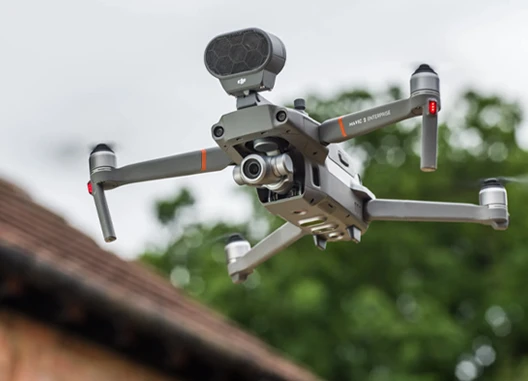
(variable frequency drive types)
FAQS on variable frequency drive types
Q: What are the main types of variable frequency drives?
A: Three primary VFD types exist: Voltage Source Inverter (VSI) drives, Current Source Inverter (CSI) drives, and Pulse Width Modulation (PWM) drives. VSI drives use capacitors to maintain steady voltage, while CSI drives rely on inductors for stable current flow. PWM drives are the most common, using rapid voltage pulses for precise motor speed control.
Q: How do PWM drives differ from other variable speed drive types?
A: PWM VFDs regulate motor speed by rapidly switching DC voltage via transistors, creating adjustable-frequency AC output. This technique offers superior harmonic performance and energy efficiency compared to older CSI/VSI designs. Their compact size and minimal torque ripple make them ideal for modern industrial applications.
Q: Which variable frequency drive type is best for high-power applications?
A: Current Source Inverter (CSI) drives excel in high-power scenarios (500+ HP) due to their rugged construction and inherent short-circuit protection. They're commonly used in mining conveyors and large compressors. However, PWM drives with multi-level topologies now increasingly compete in high-power ranges.
Q: What are multi-level drives among variable frequency drive types?
A: Multi-level drives are advanced PWM variants using layered voltage steps for smoother power output. They reduce harmonic distortion and electromagnetic interference without bulky filters. This technology is crucial for medium-voltage applications where waveform quality impacts overall system performance.
Q: Why choose VSI variable speed drives over other VFD types?
A: Voltage Source Inverter drives provide excellent stability for multi-motor installations like textile production lines. They maintain consistent voltage regardless of load changes, simplifying control logic. Their regenerative braking capability also makes them suitable for crane and elevator systems needing frequent slowdowns.

